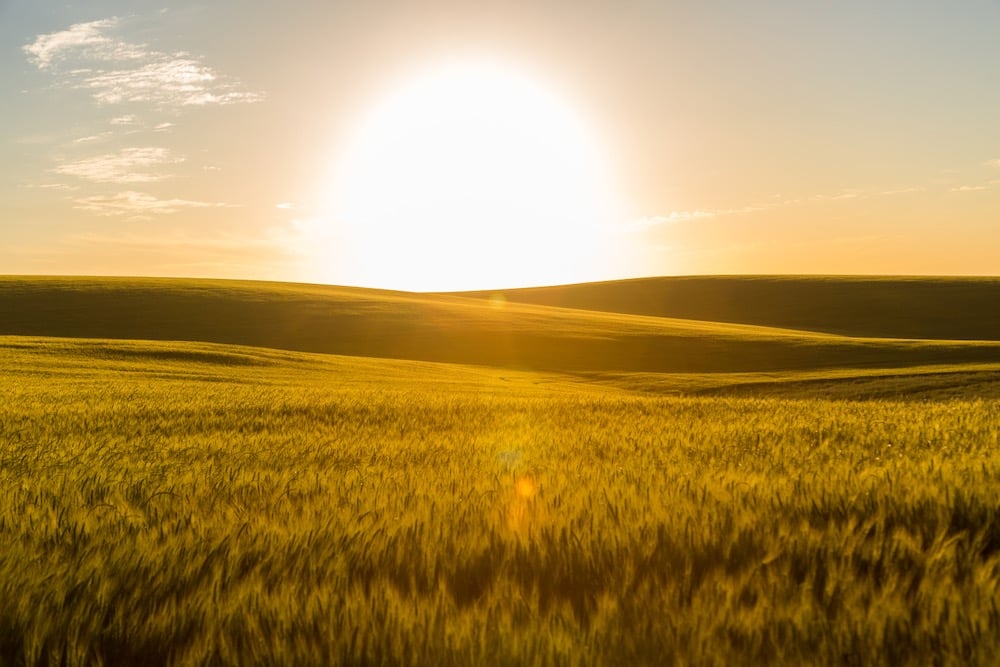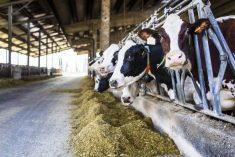Denser plant stands might have improved canola yields this year, but a thicker crop doesn’t protect individual plants from scorching heat, says a Canola Council of Canada agronomist.
The canola council urges growers to target a crop density of five plants per sq. foot or higher because plant stands below that figure will hamper yield.
However, a stand of six, seven or eight plants per sq. foot won’t shield plants from extreme summer heat during bloom, said Angela Brackenreed, a council agronomist in Manitoba.
“The heat and dry conditions are still going to do the same thing to the plants whether there are four or 14 (plants) per sq. foot.”
Read Also

Canada eyes Mercosur trade pact to reduce U.S. reliance, minister says
Canada’s International Trade Minister said on Thursday that there was interest from both sides to advance trade talks with South American bloc Mercosur, as Ottawa seeks new deals in a push to diversify from the U.S.
Yantai Gan, an Agriculture Canada scientist in Swift Current, Sask., has conducted trials demonstrating a connection between canola plant stands and yield.
Based on results from sites near Brandon, Gan found plots with 2.8 plants per sq. foot yielded 25 bu. per acre, while sites with 7.4 plants per sq. foot yielded 37 bu. per acre.
Despite the significant yield gains, canola council surveys indicate that 75 percent of producers don’t do plant counts.
Brackenreed said achieving more than five plants per ft. was critical in a year like 2012, when daytime temperatures around 30 C shortened the bloom period and caused pod abortion, because it provides “insurance” against all crop stresses.
“If every single plant is yielding a little bit less, if you have more plants you can make up for that (loss).”
There is a link between crop density and yield, but Murray Hartman, an oilseed specialist with Alberta Agriculture, said the poor performance of canola can be attributed primarily to the weather.
“When you get a low plant stand, you might be suffering a 10 or 15 percent yield loss, but this year we have guys that have a much higher yield loss … than that,” he said.
“I haven’t heard anybody say it (yield loss) was just on my fields that were thin, low plant stands.”
Hartman said producer management played a small role in poor canola yields.
“It seems to be so general across the board that the yields are lower. It doesn’t seem to matter what you did…. It was the environment. And we don’t have much control over that.”
Some Manitoba producers took advantage of an early snow melt in March to seed canola in early April. Early seeded canola usually yields more than late-seeded crops, but this year the reverse was true in many regions of the Prairies.
Farmers might have preserved yields of those early seeded fields and canola stressed by other factors if they had increased their seeding rates and established more plants per sq. foot, Brackenreed said.
“In come cases in Manitoba, that seed was sitting in the ground upwards of two weeks. You know you’re not going to get as good of emergence,” she said.
“I like to think of it (higher seeding rate) as an insurance policy.”
Gan advised canola growers to use higher seeding rates, such as eight to nine lb. per acre. However, many producers stick to the old standard of five lb. per acre.
Brackenreed said five lb. per acre might suffice if a producer has a good seed bed and positive growing condition, but it isn’t sufficient in a year with a cool spring, insects, disease and extreme heat.
“Unfortunately, in a year like this, where there are a lot of stresses coming at us throughout the entire season, it maybe didn’t cut it.”

















